I cannot count the number of times I have been inside the Oxford University Natural History Museum. A short walk from my home, I come to marvel at its glorious curiosities, from the 450 million year old trilobite wall to the 88 feet long sperm whale jaw. But on a bright sunny day this week I am heading to a part of the museum I have never been before. I have the good fortune to have been invited to the top of the tower that rises 60 feet above the rest. This is not just a striking architectural landmark, it has also been the venue for one of the longest running scientific studies of a single species in the world, one which has been continuously underway since May 1948. And it is all to do with a noisy, busy, extraordinary little bird.
I am here to meet what remains of this year’s nesting population of swifts before they head south. It is the rarest of opportunities to see these birds close up. Because apart from their time in the tower, these most aerial of creatures spend the rest of their lives on the wing. And while they are in their temporary home, I have come to witness what will be one of the last of the weekly data collections for this year.
I am early so that I can meet with photographer, John Milnes. Space in the tower itself is limited so he cannot accompany me up but he wants to try and capture in flight what are sometimes called ‘devil’s birds’ because of their dark shape, high pitched scream, and apparently diabolic ability to disappear into thin air. We do spot a couple of swifts high up, but it is eerily quiet. So I leave him to film what he can, including the 40 funnel shaped ventilation shafts (originally for the chimney serving the museum’s heating system). These are the swifts’ front doors each leading to two nesting boxes, the further up the tower being the more desirable (there are a further 67 built into the eaves, the servants quarters so to speak, none of which have been occupied this year). You can understand why. Swifts have tiny legs with forward facing feet, not made for perching or landing. They like to be able to fly at full tilt into the nesting site, and if by mistake they miss, instead of clinging to the roof and climbing up, they find it easier to drop off and have another go. So the higher they are the better the landing trajectory.
Inside, before the Museum gets into full swing, I meet George Candelin and Chris Jarvis. George comes with the fitting title, ‘Keeper of the Swifts’. He’s been working with the swifts here for over 30 years, arriving in late May with the birds and leaving by the end of August when the last of them have flown the nest. Chris is responsible for the Museum’s primary and adult education programme. During Covid, when George wasn’t able to come into the building Chris kept the data collection going, and is now being trained to be his successor. It is clear neither of them want to rush the process. ‘It takes 5 years to train to ring birds for a full permit,’ says George. As they gather their clipboards from the lodge I anxiously watch the swift monitor in the main court. This is beaming down live views from what is clearly an empty nest above. Swifts arrive later than swallows but they leave earlier. Might I have come too late? Might I have missed the last of this year’s fledglings flight from the tower?
‘I hope you are fit’, smiles George as he leads me past an open door labeled Department of Medicine Lecture Room, a giant turtle shell hanging from the wall, and through a tiny oak door behind the reception desk. And so begins the long climb up. First a steep, narrow stone staircase that winds clockwise round and round, ‘built like they did in medieval castles to keep your right sword holding arm free to fight off invaders’, says George from above. This opens on to a large room under the floor of the tower, its huge gothic windows framing an impressive view of Keble College Warden’s lodgings. A metal spiral staircase leads from the floor in the middle of the room up to a hole in the roof which I am relieved to hear replaced a 30 feet wooden ladder, ‘which when you got to a certain level you had to twist round on one leg in order to make the opening,’ grins George. Then equipped with infrared head torches, this time George leading the way, taking my hand as I stumbled unsure in the unaccustomed darkness on the next level, up we climb again, first the metal steps and then a further three ladders, Chris following reassuringly behind. ‘We once had a nun in a full habit and she was up and down these ladders like a monkey,’ laughs George. ‘She came to check out how the colony worked, as she wanted to attract swifts to her convent’.
As my eyes get accustomed to the dark, I see that each level is served by a walkway. There are large white florescent panels filled with dead insects (the Museum are understandably worried about bugs getting into their specimens) but otherwise you rely on the slithers of light that come through the gaps in the roof and from below. The men insist it is a much noisier, busier place when the birds first arrive to mate in May, and join group screaming parties. 60 chicks have already flown. And although there are still thankfully a few fledglings left to count, a sense of melancholy hangs in the air as the two men systematically lift the blackouts at the back of each nest to check and record the contents. I suppose the swift hotel was coming to the end of its season. ‘I always look forward to them arriving,’ says Chris. ‘And you think summer is here. But when they go you know it’s a long time until next spring. Yes, it always feels a bit sad’.
For me it was a privilege to watch the respect, admiration and passion these men have for the birds. When the chick is deemed large enough, so as not to alienate its parents, they will gently but firmly hold the baby in one hand and use the other hand to ring it. If the wing feathers are not as long as the tail they can tell they are younger birds, silver edged wings means it’s this years bird, one ringed adult arrives that has been coming to the same spot since 2019.
Their knowledge and understanding is unquestionable. The swift is not related to the swallow – its bigger, darker with a paler throat and sickle shaped wings. Its nearest relatives are the hummingbird and an American bird called the whip-poor-will, named onomatopoeically after its song. These three birds have the ability to go into a state of torpor, which means when food is scarce or the weather is bad the adults, chicks and eggs can go into temporary hibernation to conserve energy.
Swifts pair for life, the males arriving first, meeting at the same nest site every year. Materials for the nest have been gathered on the wing, mainly feathers but they have also seen confetti from the Mayday parade, rose petals, and bus tickets. Cellophane from cigarette packets used to be a favourite. Some are works of art, other look a little flimsy.
Swifts are known to bang on the sides of the boxes to check if there is anyone there. If the male returns to his old nest site to find it occupied, he will stand no nonsense – he enters the nest, and then lying on his back he uses his short claws to grip the intruder and eject him unceremoniously out.
They lay a clutch of up to 3 tiny eggs, white so they can see them in the dark. During incubation the growing chicks suck the calcium from the shells so once hatched, unlike egg shells from chickens which don’t break down, they shrivel up like grape skins.
Insects and spiders are collected by the parents and kept in a pouch at the back of their throat, sometimes as many as 1,000 insects held together with saliva delivered in one bolus into their offsprings’ large hungry mouths.
Nests are built on platforms, not only to receive the direct flights in from the parents but also so that when the chick is strong enough to go, they can literally launch themselves into the air. And when they do go, that’s the last they will ever see of their parents, spending the next 2 – 3 years in the air, bathing in the rain, feeding on airborne insects, and occasionally dipping down to drink from a river or lake. Until it is time for them to find their own nesting space, for once fledged they will never return to their birthplace.
Swifts can live up to 20 years, meaning they can fly well over 1 million miles in their lifetime. And they are able sleep as they fly. Like dolphins, they have two hemispheres of the brain which makes this possible. Up at 30,000 feet, one half of the brain sleeps and the other will stay just awake enough to flap occasionally to keep them airborne. Then the other side will take over.
It is studies like this one, started over 75 years ago by David Lack that are the reason we have so much understanding of swift behaviours. It’s also how we know that since 1995 its population has declined by 60% due to loss of airborne insects to feed on (intensive farming) and nesting sites (blocking up crevices in roofs). So places like this tower in the heart of Oxford are safe havens and must be looked after and celebrated. Apart from a few bad years around 2011, when a sparrow hawk picked off both young and adults, the swift hotel in the University Museum is doing well and although it will soon be closing it doors for the winter, it will be open again for business next year. ‘Swifts are the pinnacle of the flighting birds,’ says Chris, ‘and the real apexes of evolution in terms of this is what the dinosaurs have become’. It is fitting therefore that these tiny birds related to those of 65 million years ago have chosen this place, built in 1860 just after Darwin’s ‘Origin of Species’ was published, to make their home.
Back on ground level and the monitor showing the live feed of the nests above is surrounded by people. George has changed the camera’s location so that we are now watching the movements of one of the larger fledglings. It spreads its wings, clambers out of the cosy circle of feathers and peeps out of the entrance hole. Is this the moment it will leave the tower? Is it ready for what lies ahead? Will it be able to survive on its own? Pausing for a moment, it turns and heads back to safety, not quite ready to make that leap into the unknown. But when it does I will be cheering it on. Safe journey little swift, and may you find your own Swift Hotel when the time comes.
To read the University Museum Swift Diaries written by George:
https://oumnh.ox.ac.uk/learn-swifts-diary
Swifts in a Tower by David Lack (Updated in 2018 by Unicorn Publishing) is the ultimate book on this colony of swifts.
Contributing photographer John Milnes
This blog was first posted on 12 August 2023

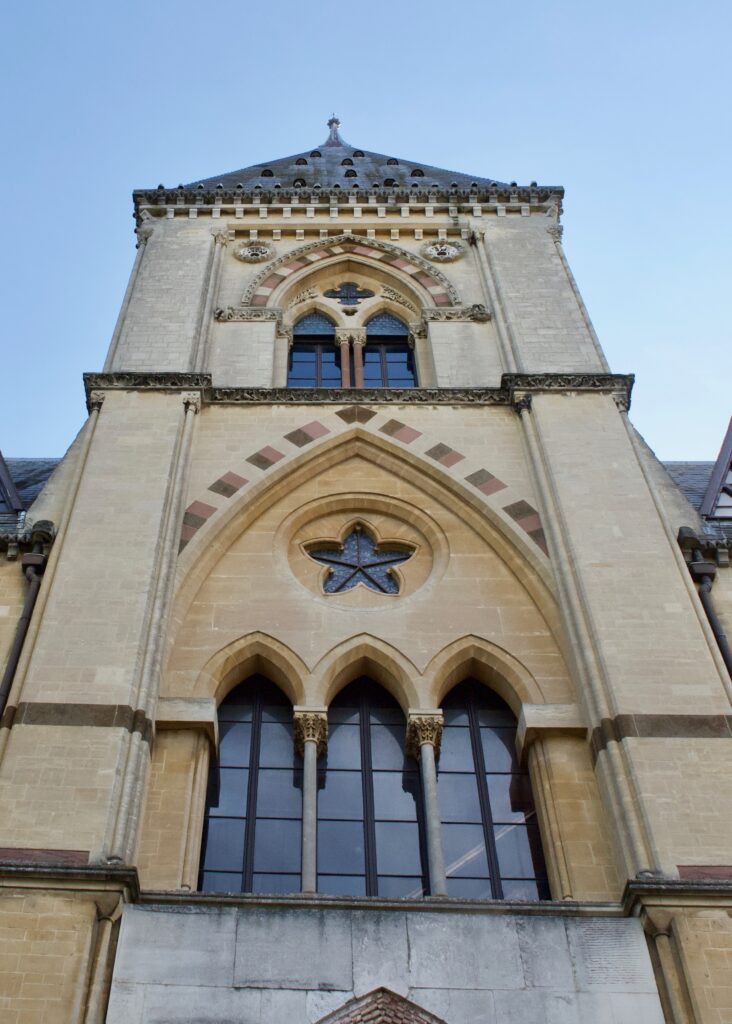
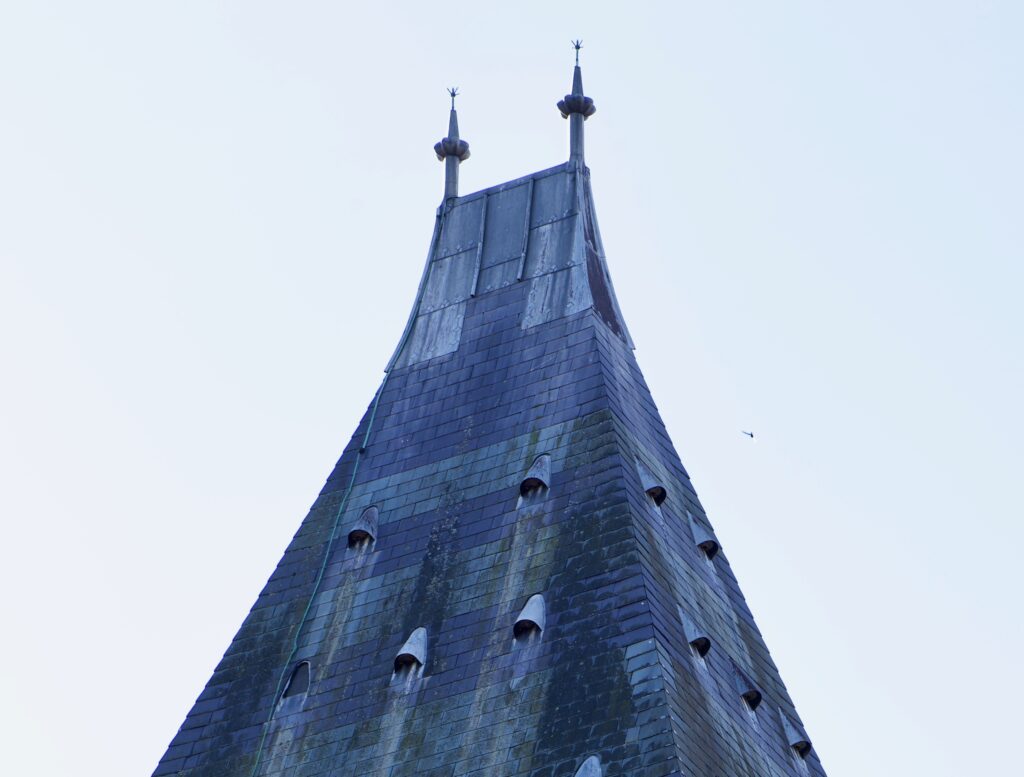

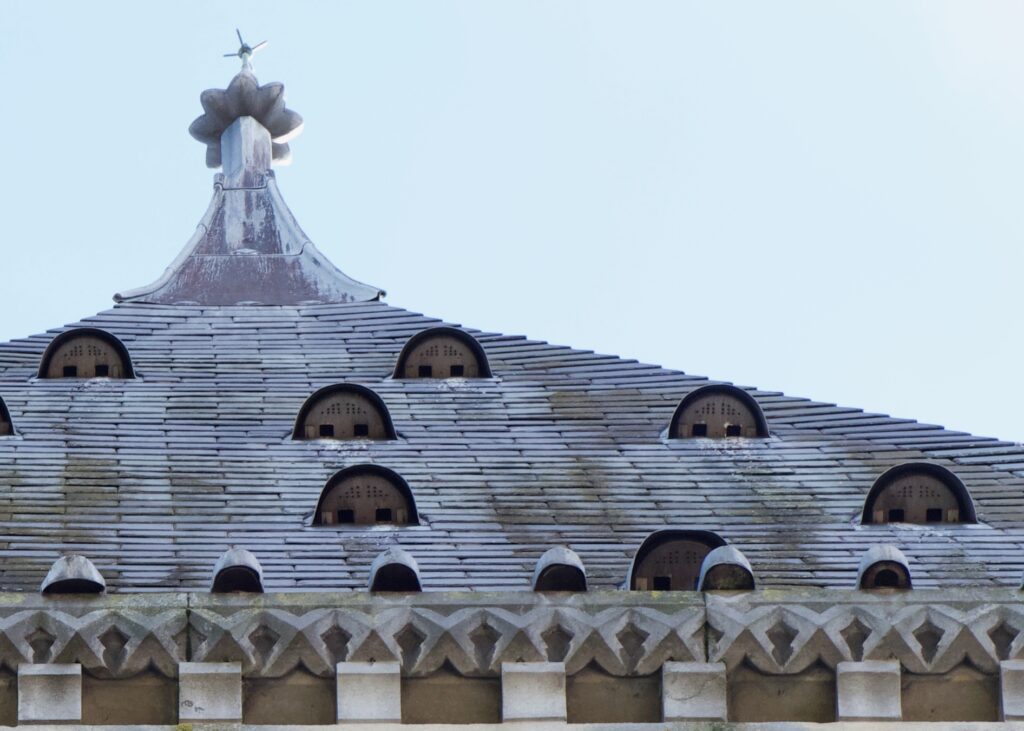
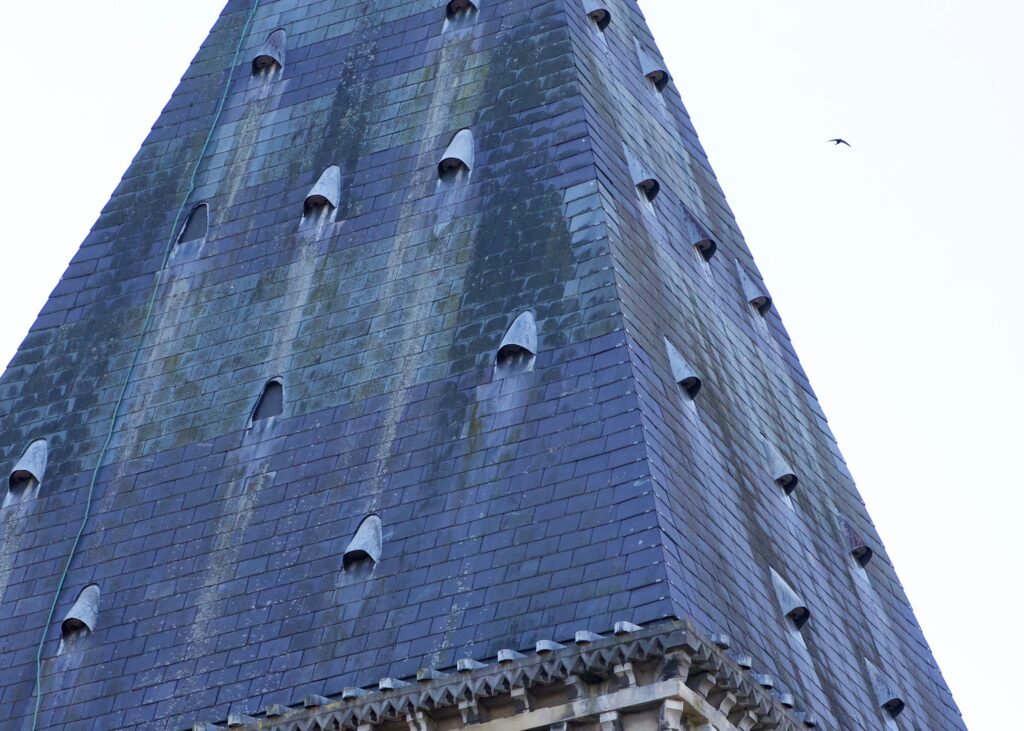
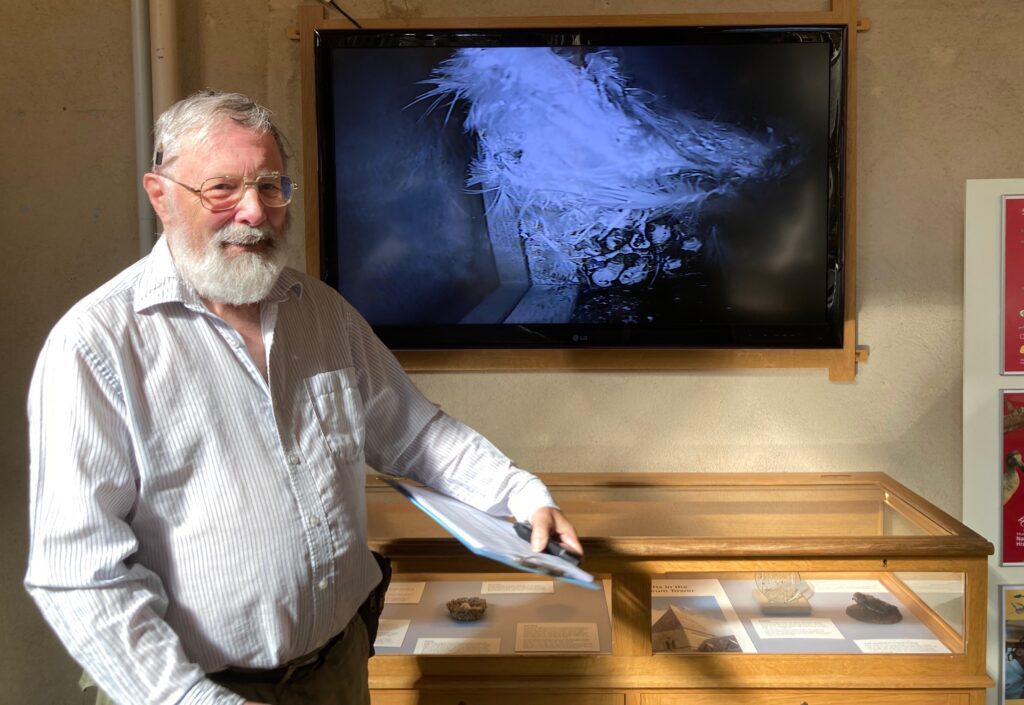
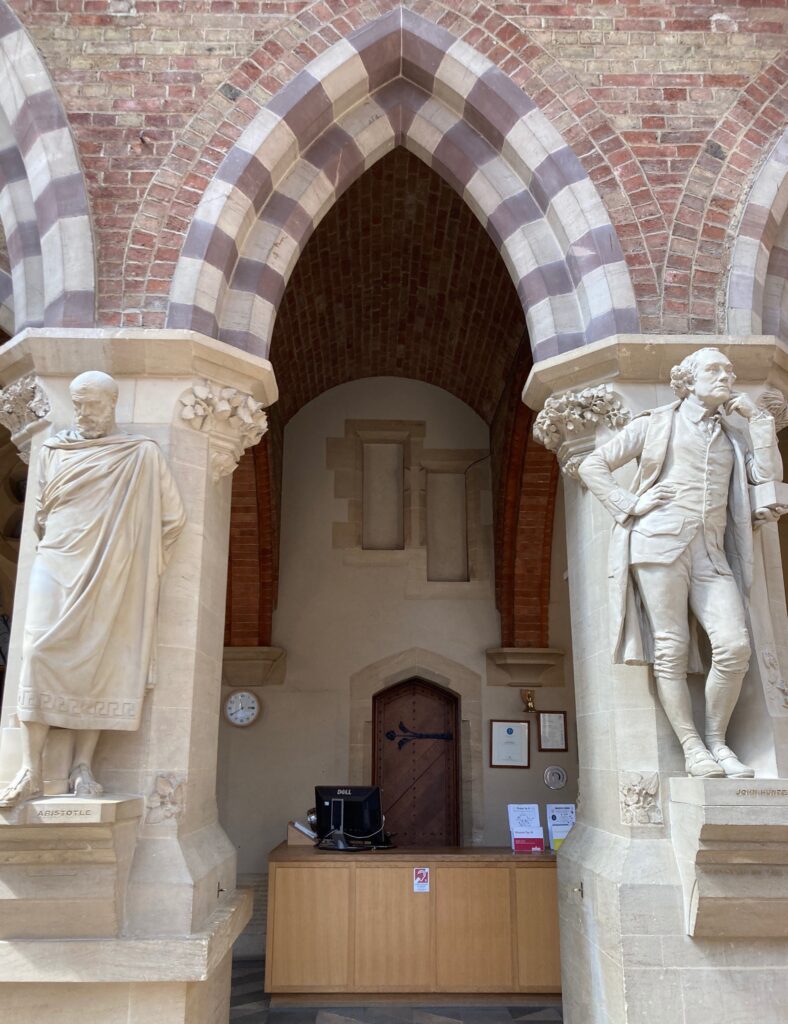
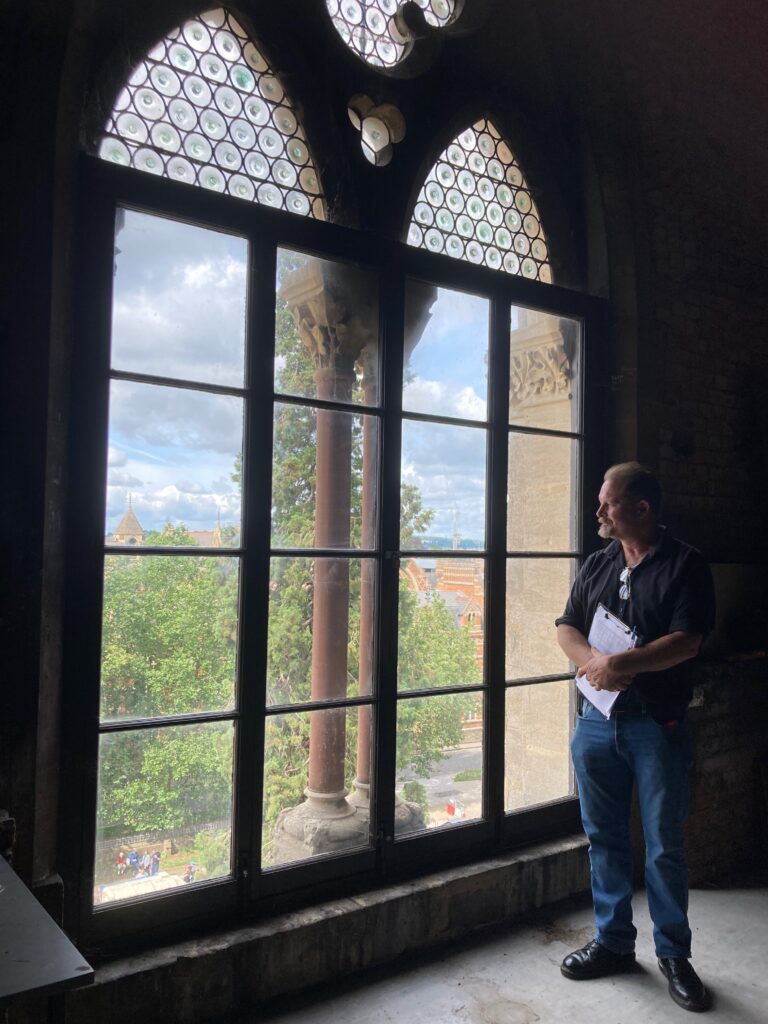
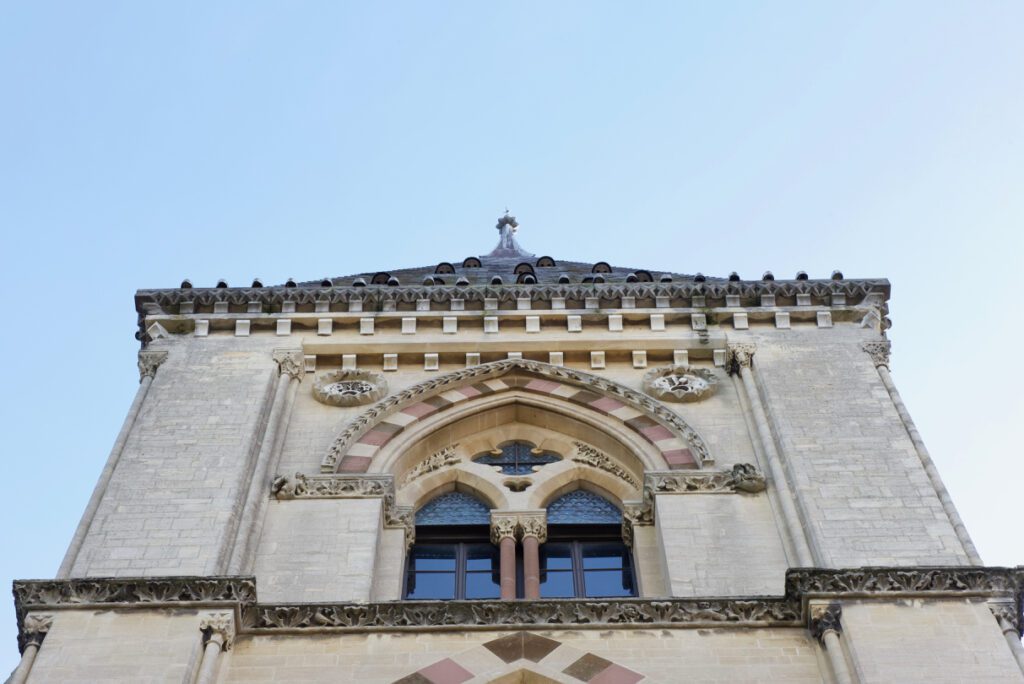

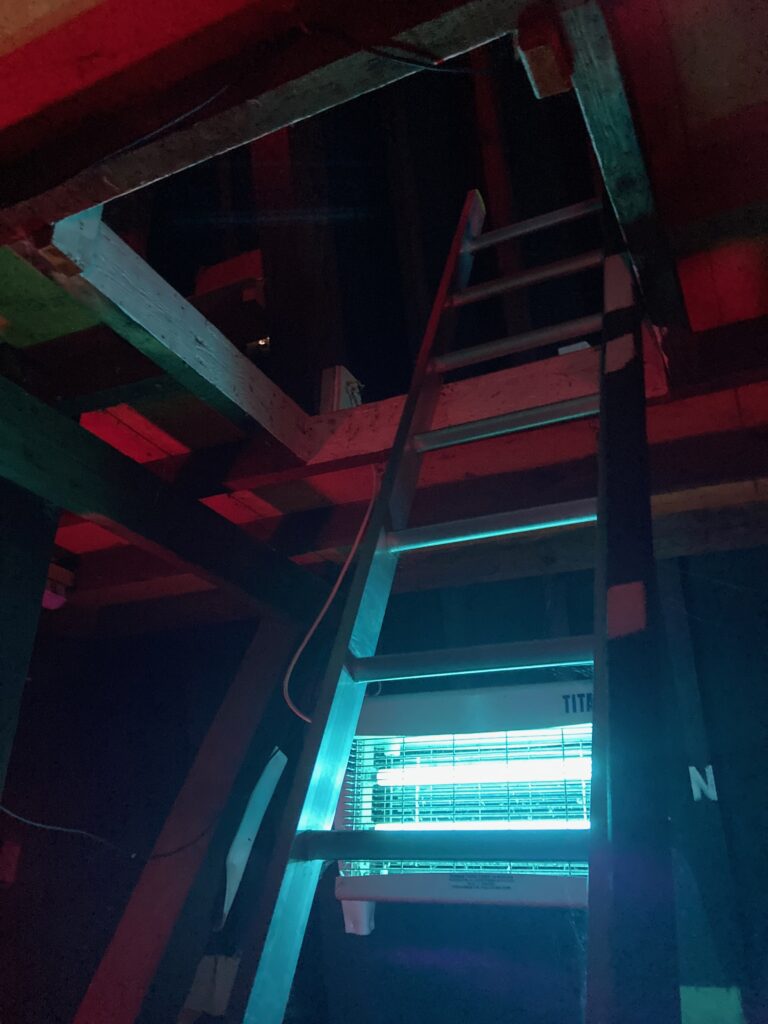
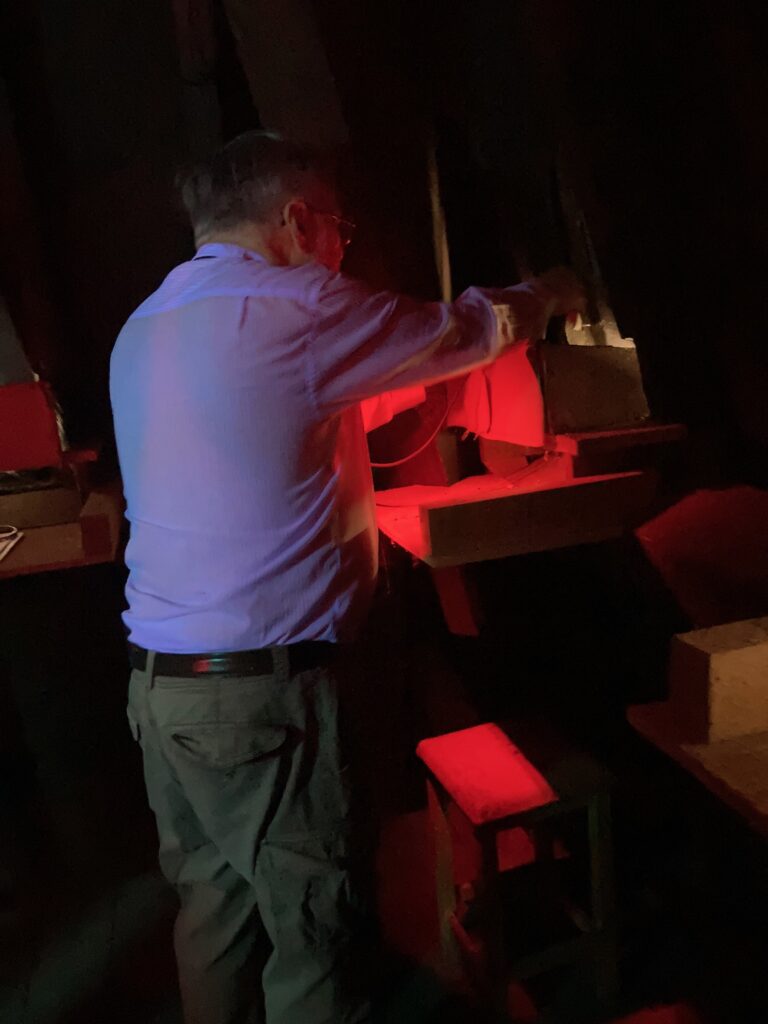
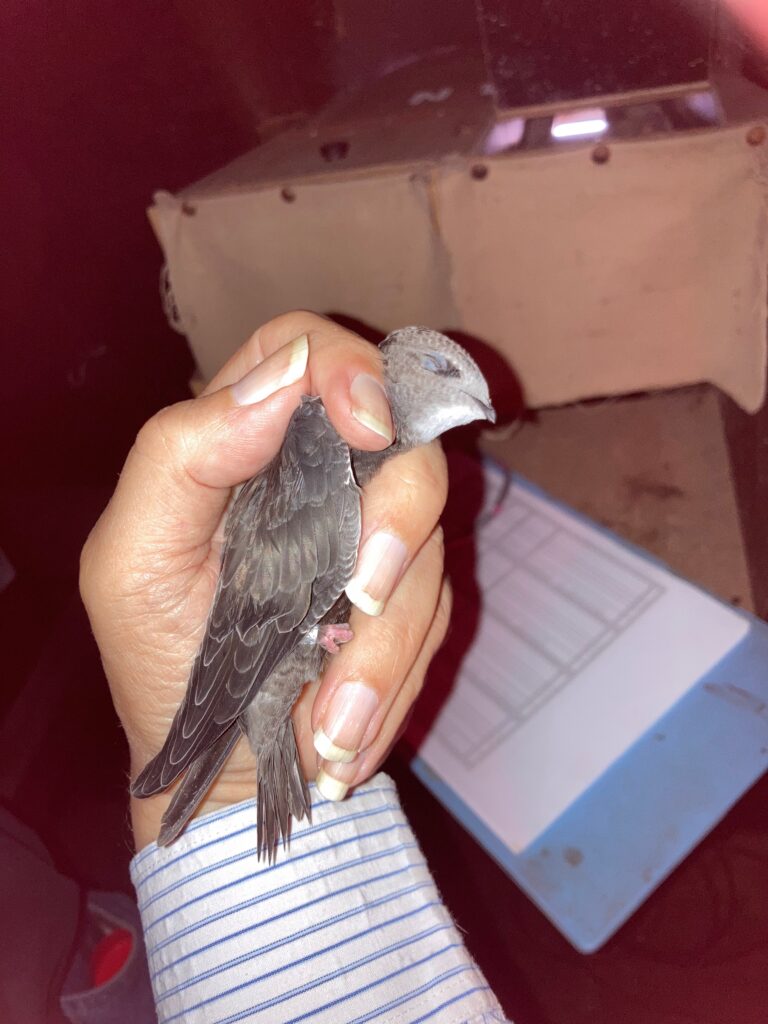
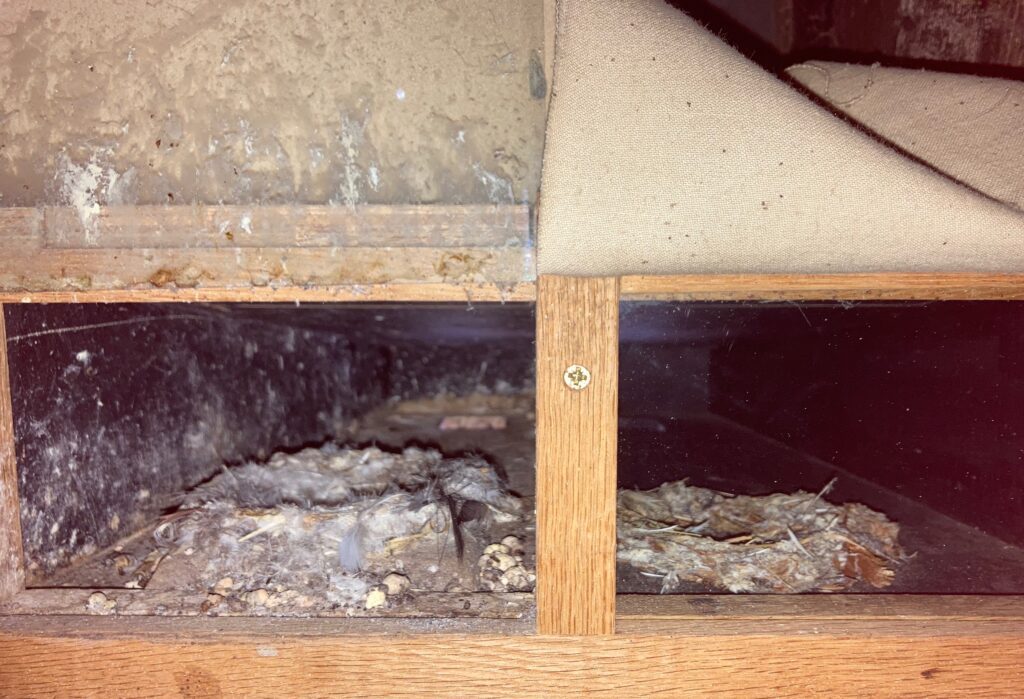
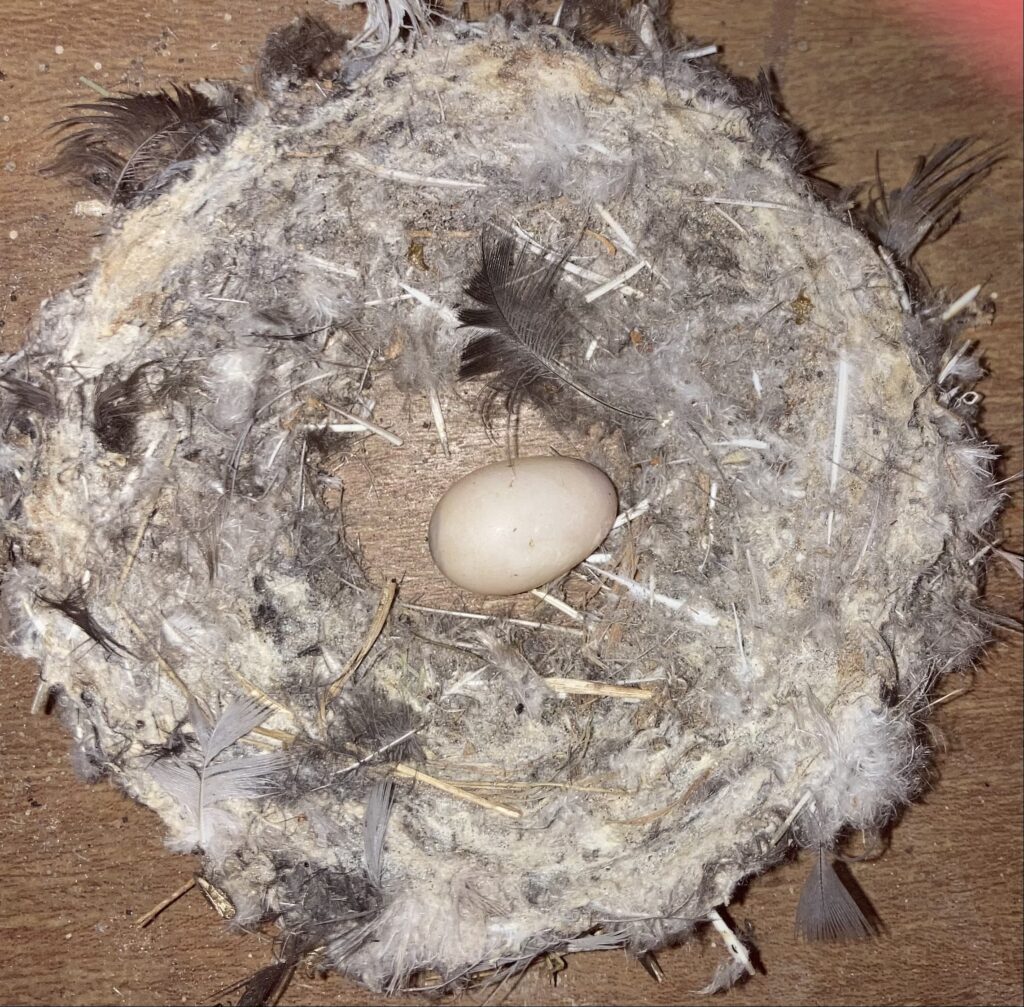
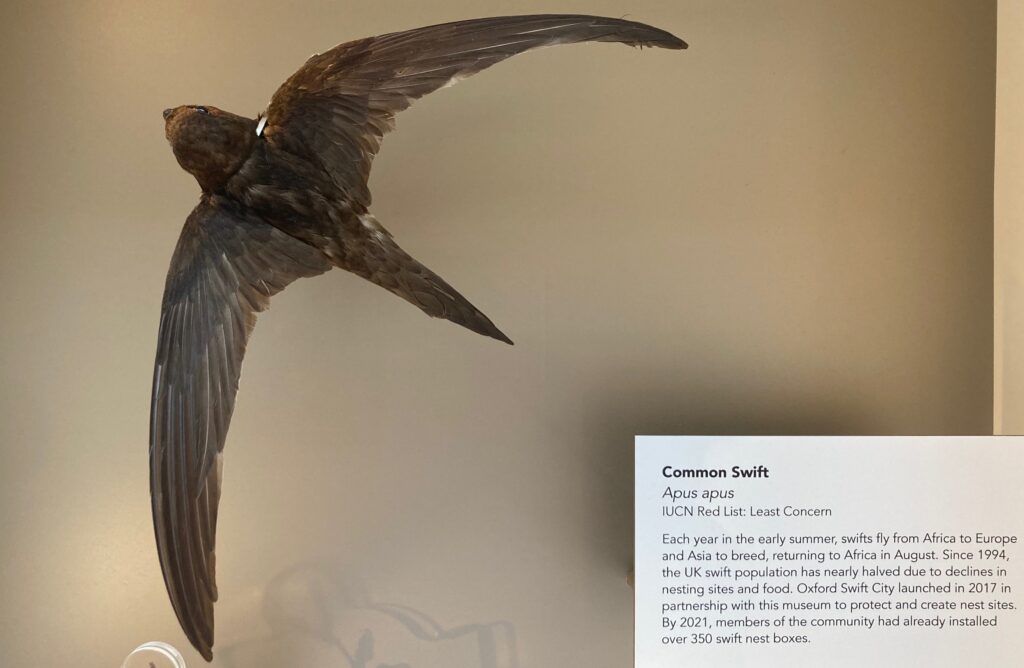
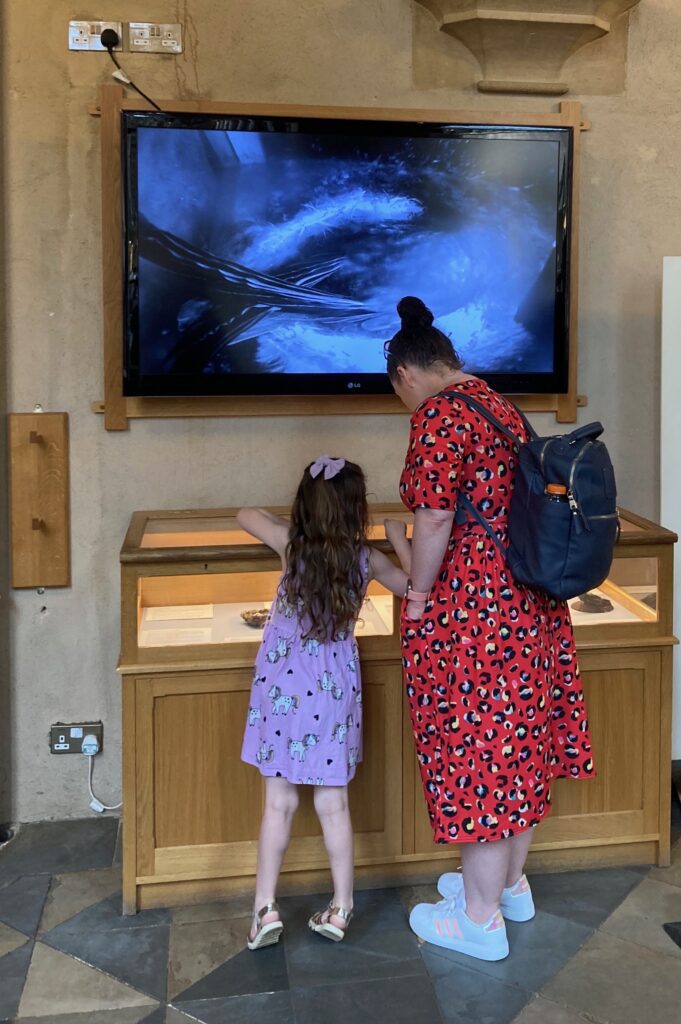
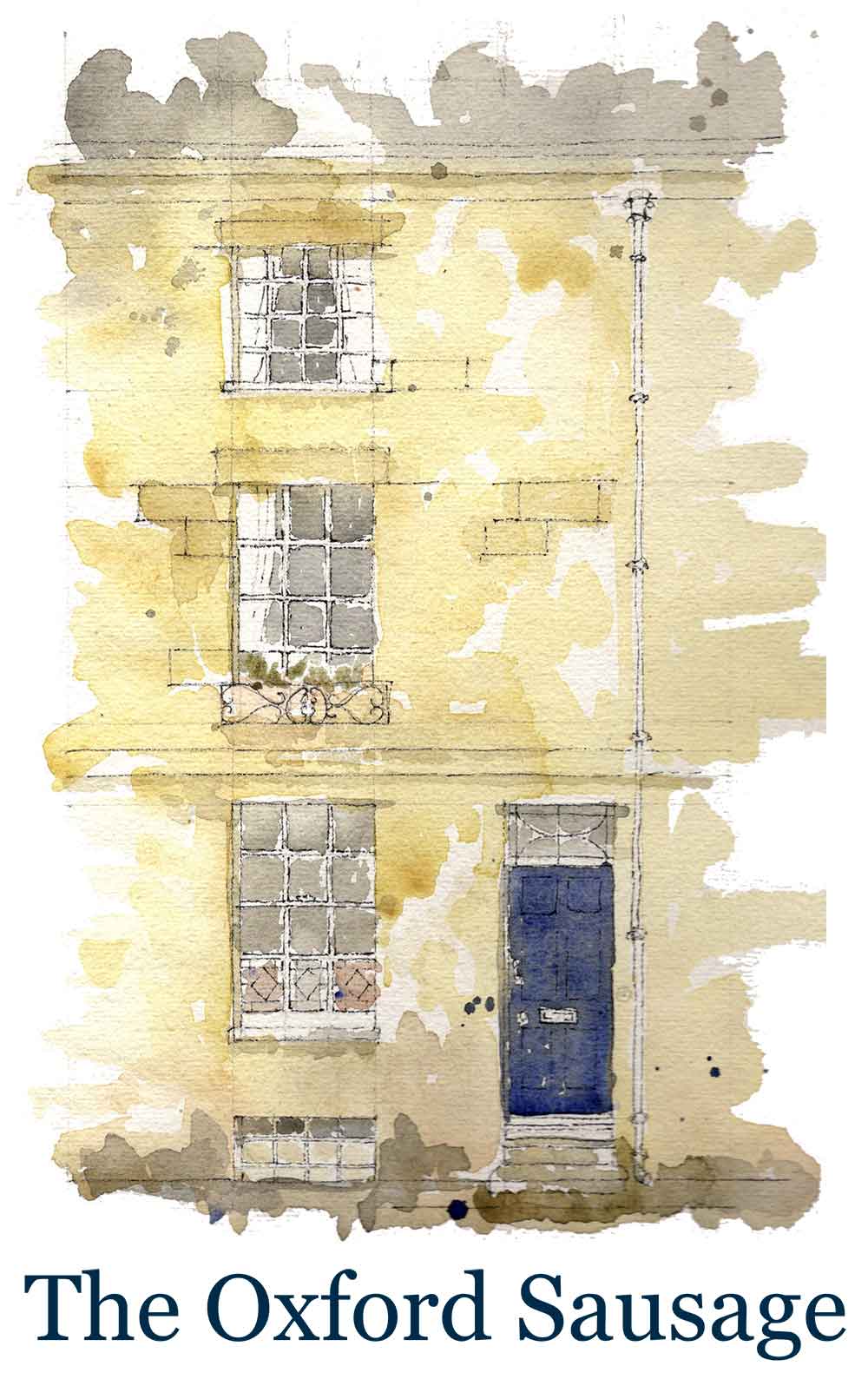
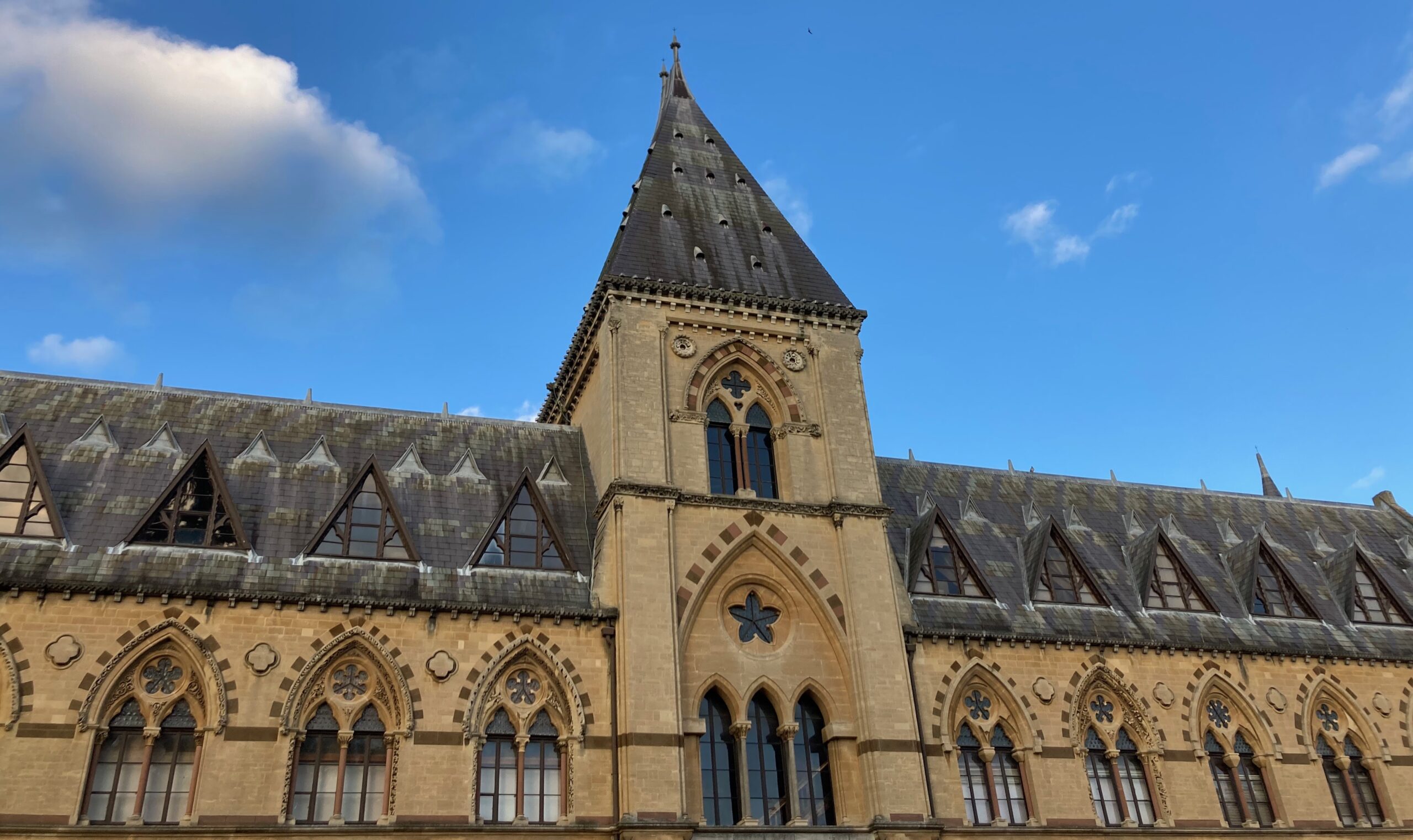
4 Comments
Join the discussion and tell us your opinion.
Fascinating and very moving.
Fascinating. What extraordinary little birds.
I was the Assistant Curator of Entomology at the OUMNH from 1984 to 2008 and have a phot0 of me going up the ricketty wooden stairs to the swift loft to clean it out and inspect for museum beetle.
Ps 88 feet for a Sperm Whale jaw is pretty impressive!!!!
So interested to read your piece about the swifts in the tower. They entertained us all summer with their acrobatics above our house in Iffley Fields. Looking forward already to their return. Many thanks for this and the other great stories you share 🙂